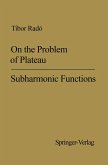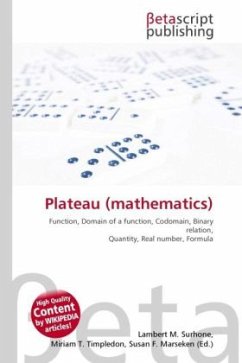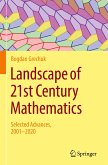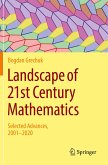The Plateau's problem is one of the classical questions in geometry and analysis, J.L. Lagrange already proposed it in 1760 but the progress in solving it was very slow. It is the question of whether there exists an area minimizing surface (or more generally a minimal surface) with a given boundary. The problem was named in honor of the belgian physicist J.A.F. Plateau, who in 1873 described several experiments with soap films and made it physically obvious that a solution of the problem exists. The Plateau's problem then aroused the interest of several mathematicians, but a sufficiently general solution was only obtained in 1931 independently by T. Rado and J. Douglas (in 1936 he received one of the first two Fields medals ever awarded). Douglas started to attack the general problem, the so-called Douglas problem, which consists in showing the existence of a minimal surface of a prescribed genus and having several oriented Jordan curves as boundary. In 1981 R. Boehme and A.J. Tromba proved an index theorem for branched minimal surfaces of disk type. Later F. Tomi and Tromba proved an index theorem also for minimal surfaces of higher topological type spanning one boundary contour.
Bitte wählen Sie Ihr Anliegen aus.
Rechnungen
Retourenschein anfordern
Bestellstatus
Storno








